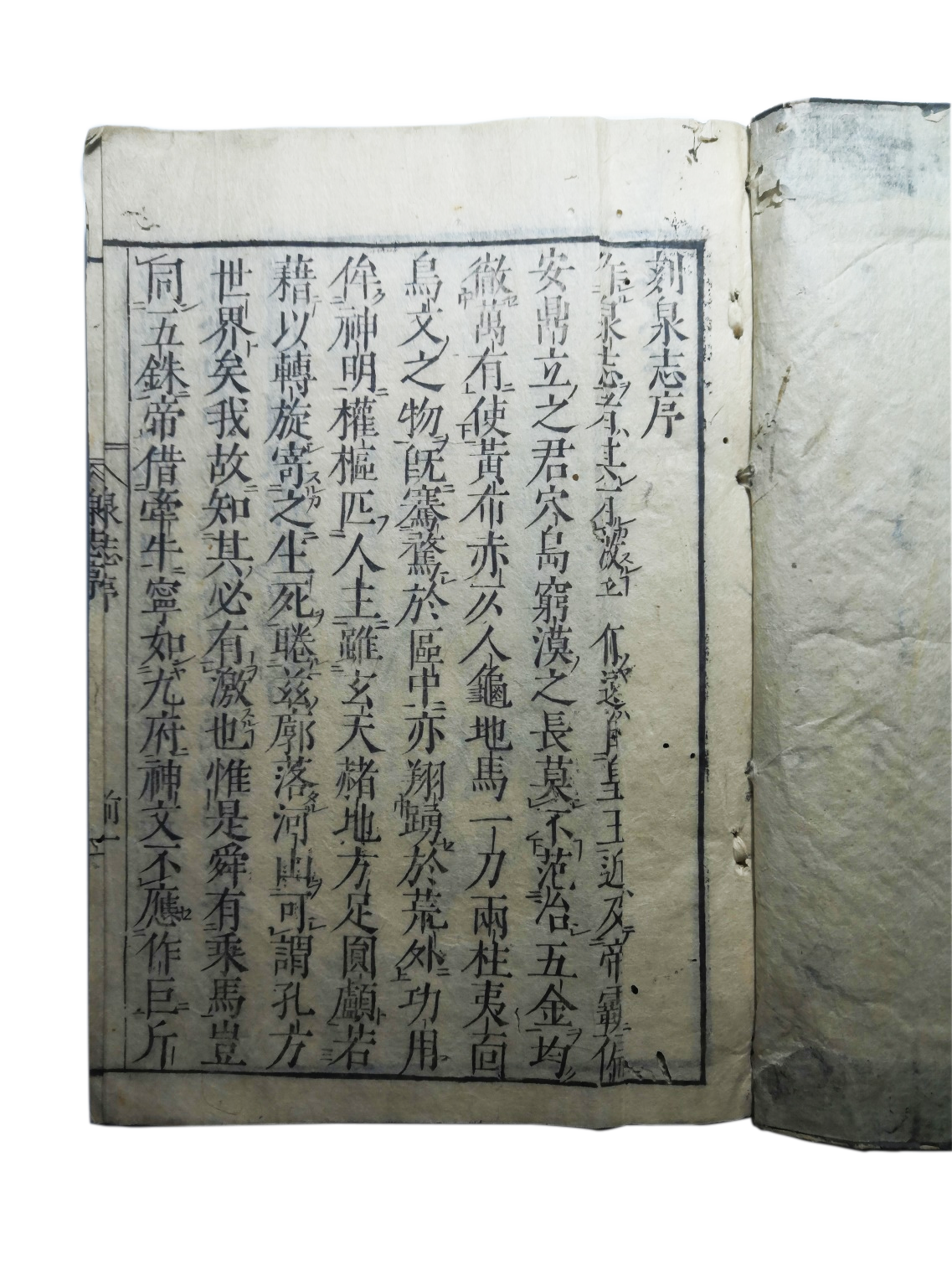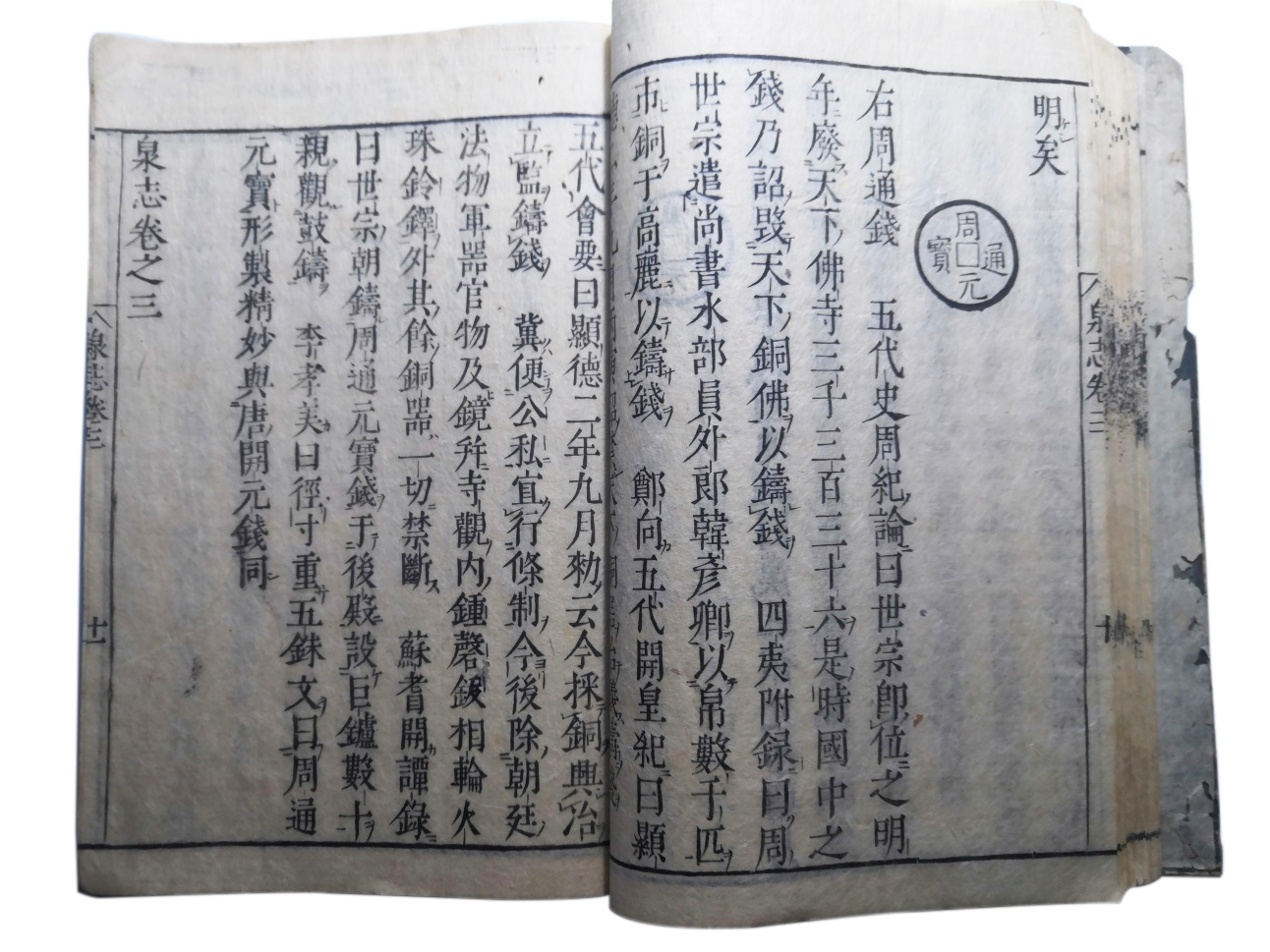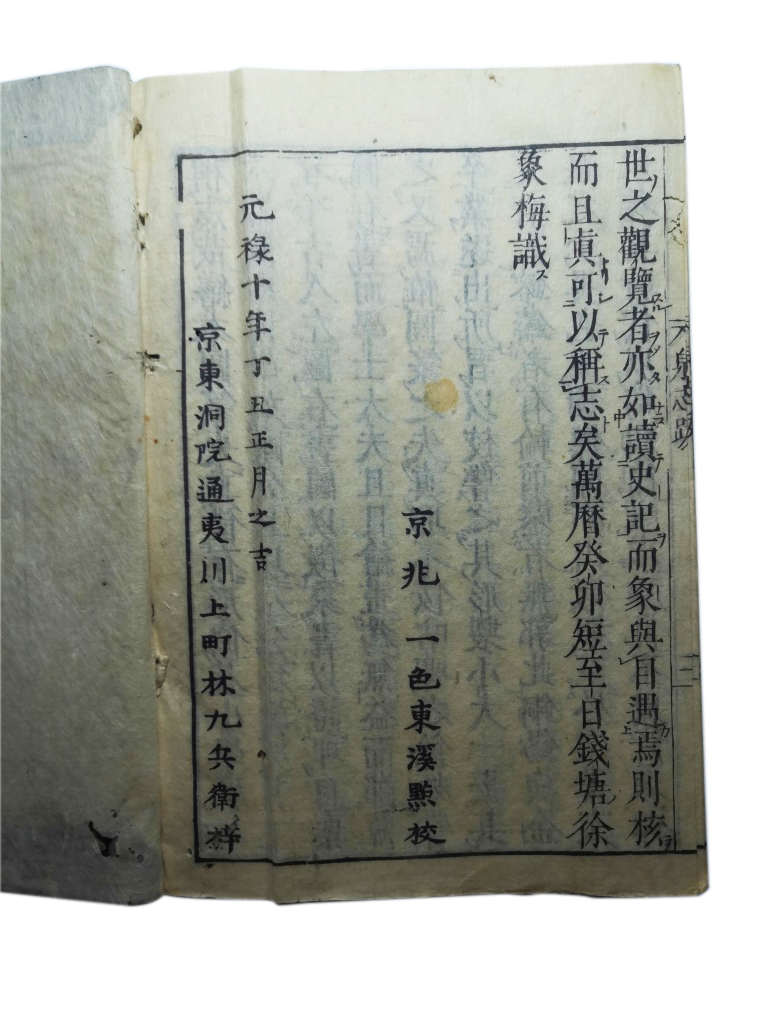 |
 |
 |
 |
Recently, I saw a thread-bound ancient book 'Quan Zhi' [《泉志》, Records of Coins] from the famous American coin collector Howard Franklin Bowker at the editorial department of the 'Journal of East Asian Numismatics'. It had been reprinted in Kyoto in the first lunar month of 1698. I took the book home to study, and I would like to share my opinions of the book.
'Quan Zhi', written by Hong Zun (洪遵, 1120-1174) of the Southern Song dynasty, is a fifteen-volume work of ancient Chinese coins. The book was written in 1149 during Emperor Gaozong's reign of the Southern Song dynasty. It covers more than 300 kinds of coins used at home and abroad before the Five Dynasties. The book divides the coins into nine categories, including coins that have been officially circulated and used, counterfeit coins, coins whose dates are unknown, high-quality coins, knife coins, foreign coins, special coins, extremely rare coins, and charms. It has preserved important information on ancient Chinese coins. The reprinted versions made in the Song and Yuan dynasties have been lost. According to 'The Catalog of Existing Chinese Ancient Rare Books' (《中國古籍善本總目》), the earliest edition existing was reprinted in the Ming dynasty. In 1806 during the Jiaqing Emperor's reign in the Qing dynasty. Qu Mu-Fu (瞿木夫) wrote 'Continuation of Quan Zhi' [《泉志補政》] and 'Renewal of Quan Zhi' [《泉志續編》], with 20 volumes in each. Song Zhenyu (宋振譽) also wrote eight volumes of 'Renewal of Quan Zhi', and his son Song Qingning (宋慶凝) wrote another volume of 'Renewal of Quan Zhi', which recorded more than 600 additional kinds of coins which included coins up until the Ming dynasty.
This Japanese reproduction of the 'Quan Zhi', with a black cover, measured 220 mm in by 160 mm. In the upper left corner is written the four characters '泉志序目' (Preface of Quan Zhi). Although the cover is torn and the pages have termite holes, there are no defects and the text and images are relatively complete. Each page has nine lines, with eighteen characters per line. The pictures of the coins are clear. This book, written in Chinese, is in a simple and elegant style. At the beginning of the book there are two forewords and a contents table, followed by 15 chapters of illustrations. Given there is an annotation by Xu Xiangmei (徐象梅) of Qian Tang County at the end of the book, it can be traced to a reprint of the original edition in Japan in 1697, based on the Chinese edition in the Ming dynasty. It is the earliest book on coins in Japan and is quite invaluable.
Genroku was a Japanese era after Jokyo and before Hoei. The Genroku period spanned the years from September 1688 to March 1704. The reigning emperor was Emperor Higashiyama and Tokugawa was the shogun. The era was a period of relative stability and prosperity for Japan, and the economy flourished. The famous Genroku culture was created at this time. The Genroku culture was given birth against the rise of large cities such as Edo, Osaka, and Kyoto, as well as a series of small industrial and commercial cities, and the rise of the merchant class. The book of the Ming dynasty was reprinted and published in response to the demand for coin collecting, which enabled Japanese numismatists of the time to have a systematic understanding of ancient Chinese coins. This printed copy is a reflection of this history from the Japanese side.
The collecting and study of Chinese coins by Japanese collectors may have become fashionable in the Genroku era. Later, during the Qianlong and Jiaqing reigns of the Qing dynasty, the collecting and study of ancient Chinese coins became even more popular. Japanese numismatists classified and organized Tang and Song coins and mainly focused on Song coin plates. In the late 19th and early 20th centuries, Japanese numismatists systematically collected and studied ancient coins from China, Japan, Korea, Vietnam, and Southeast Asia. Finally, they produced three very far-reaching numismatic works, known as the three major Japanese numismatic catalogs, namely the 'Kosen Daizen', 'Showa Senpu', and 'Toa Senshi'. The book 'Quan Zhi', which was first reproduced and printed in 1697, enlightened the study of Japanese coins and laid the foundation for the creation of these catalogs, as the source and milestone of many Japanese catalogs.
